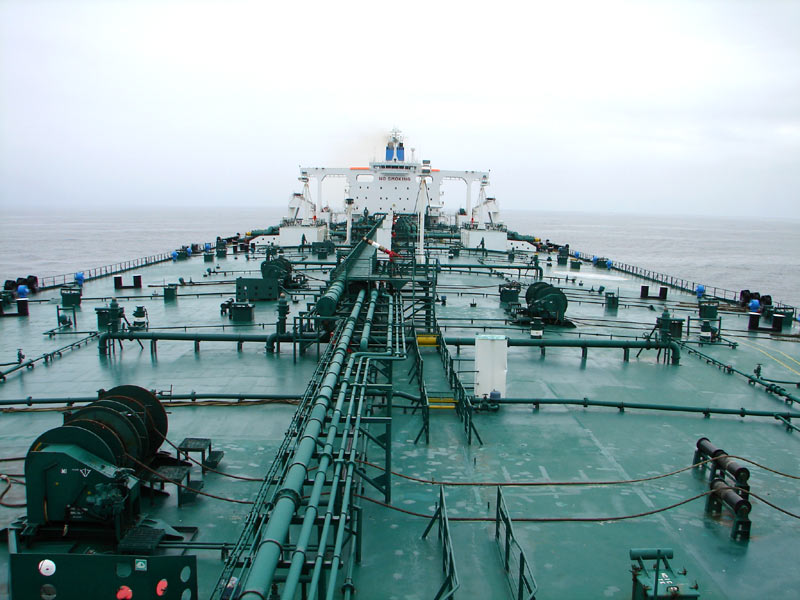
Department of Energy data shows Keystone XL is an export pipeline
New data from the EIA shows that the President was right to call Keystone XL an export pipeline.
This blog is co-authored with Anthony Swift at Natural Resources Defense Council.
The U.S. Energy Information Administration (EIA) has released export data that clearly corroborates President Obama’s recent assertion that the Keystone XL tar sands pipeline is primarily about export.
Politico reports that refineries in Port Arthur and Houston – which would be the primary recipients of crude oil delivered by the Keystone XL pipeline – exported over 60% of their refined product in 2014.
The EIA data shows that Houston and Port Arthur refineries exports reached over two thirds of their production in December 2014. This is the continuation of a trend that Oil Change International first identified in 2012, when Texas Gulf Coast refineries began exporting slightly over half of their total refined product.

This data clearly discredits an unsubstantiated claim by industry consultancy IHS that the vast majority – as much as 70% – of the refined product from Keystone XL would stay in the United States. It also exposes the hollowness of the Washington Post’s Fact Checker’s analysis that led to it ranking the President’s statement with four ‘Pinocchios’
The claims made by IHS and parroted by the Washington Post, draw their numbers from refineries in the entire Gulf Coast refining region, called PADD 3 by the Department of Energy. But this region includes many refineries – in places like New Mexico, West Texas and Arkansas – that would not have access to crude delivered by Keystone XL if it is built and also refineries that do not have access to deep water berths that enable them to export their product. And even when diluting the share of exports with these refineries, PADD 3 hasn’t directed 70% of its refined product to the domestic market since 2010. An industry consulting firm such as IHS must be fully aware of this – and it’s a fact that the Washington Post Fact Checker could have easily uncovered.
Looking at the production and exports of the Texas Gulf Coast refineries that would receive the vast bulk of Keystone crude and that coincidentally all have access to deep water berths in Port Arthur and along the Houston ship channel, it is abundantly clear that export has become the primary market for these refineries.
But don’t just take our word for it. Ask Valero, the refining company which has committed to the largest share of Keystone XL’s capacity. It told investors in a February 2015 presentation that it intended to increase its capacity to export gasoline and diesel from its Gulf Coast refineries by nearly 20% in 2015 (from 667,000 bpd to 780,000 bpd).
Valero’s Port Arthur refinery has installed equipment specifically to refine tar sands crude that it hopes to receive via Keystone XL stating that this equipment will convert the heavy crude to diesel for the export market.
In addition to the fact that the refineries interested in Keystone XL are exporting the majority of their refined product, the tar sands industry has already exported unrefined tar sands crude from Gulf Coast ports to the international markets in 2014. While these volumes of re-exported tar sands crude are still small, they constitute an increasing share of the limited volumes of Canadian crude reaching the Gulf Coast today.
If Keystone XL is built, market experts expect exports of Canadian tar sands from Gulf Coast ports to reach hundreds of thousands of barrels a day in coming years. As Marin King, an analyst with FirstEnergy Capital in Calgary observed about growing volumes of raw tar sands exports from the Gulf Coast:
“This is a viable opportunity for Canadian barrels to get out into the wider world. It’s another source of revenue other than big brother United States.” Martin King, FirstEnergy Capital analyst, April 2014
The President was right – Keystone XL is a tar sands pipeline through the United States, not to it. The pipeline would enable a substantial expansion of tar sands production – resulting in a significant increase in carbon emissions – putting our lands and waters at risk in order to allow the tar sands industry to access the international market.
